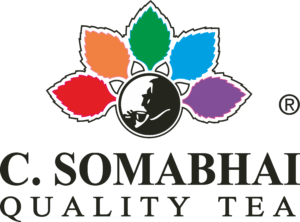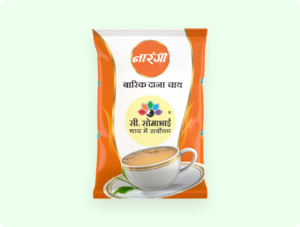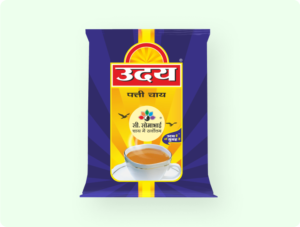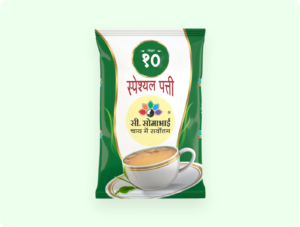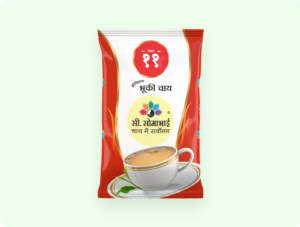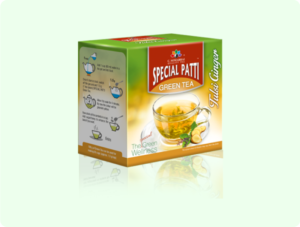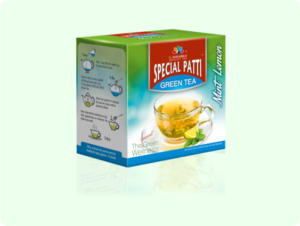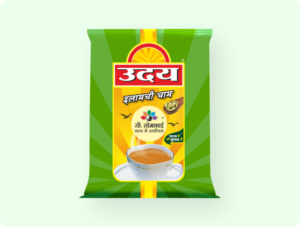Types of Tea

The Scottish Botanist/Adventurer, Robert Fortune, obtained some of the closely guarded tea seeds and made notes on tea cultivation. As various experiments of growing tea in India were attempted, many of these failed due to bad soil selection and incorrect planting techniques. Finally, after years of trial and error, the tea plantations in India and other parts of Asia flourished.
Today, tea is grown on tea estates, and the majority of tea is grown in China, India, Kenya, and Sri Lanka. The best climates for growing tea are tropical or semi-tropical. Tea can be grown on soil that is not fit for growing much of anything else. The leaves are plucked at just the right moment decided by the tea estate manager, and they are sent for processing to the tea factory.
The tea plucking period in the north-east of India is from March to the end of November.
Tea is known by the terms white, green, oolong, and black. The types are references to processing and oxidation. The simplest explanation is to think of a leaf that is picked or falls from any bush. The leaf changes stages of color until it is finally black. In the case of tea, oxidation is stopped at various stages.
WHITE TEA: NON-OXIDISED

GREEN TEA: NON-OXIDISED

OOLONG TEA: SEMI-OXIDISED

BLACK TEA: FULLY-OXIDISED

-
- Select options This product has multiple variants. The options may be chosen on the product page
-
- Select options This product has multiple variants. The options may be chosen on the product page
-
- Select options This product has multiple variants. The options may be chosen on the product page
-
- Select options This product has multiple variants. The options may be chosen on the product page
-
- Select options This product has multiple variants. The options may be chosen on the product page
-
- Select options This product has multiple variants. The options may be chosen on the product page
-
- Select options This product has multiple variants. The options may be chosen on the product page
-
- Select options This product has multiple variants. The options may be chosen on the product page
-
- Select options This product has multiple variants. The options may be chosen on the product page
-
- Select options This product has multiple variants. The options may be chosen on the product page
